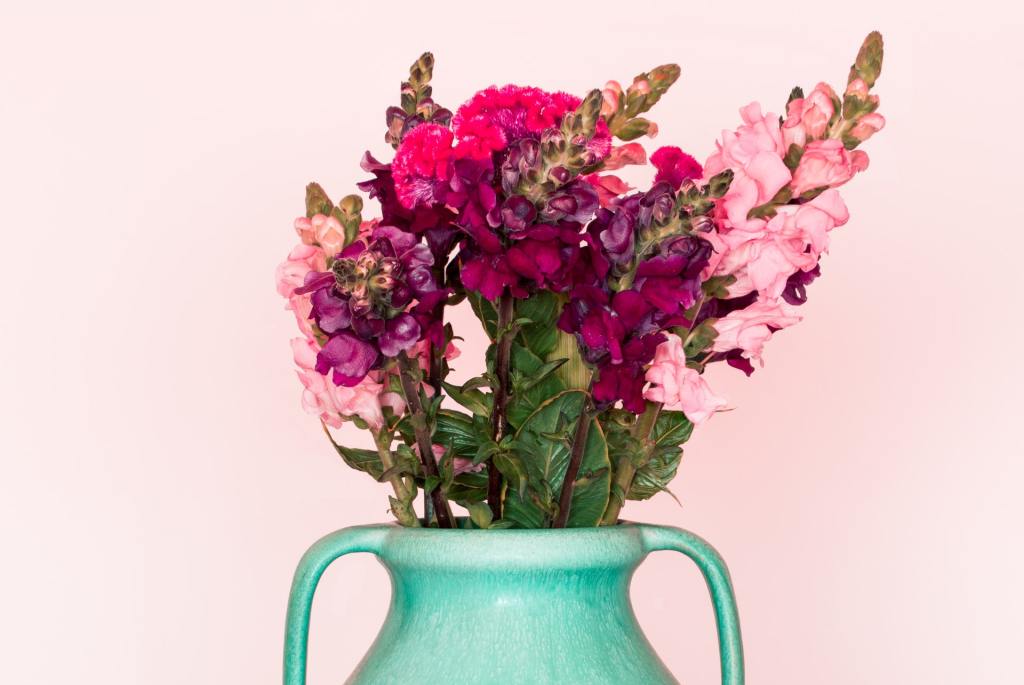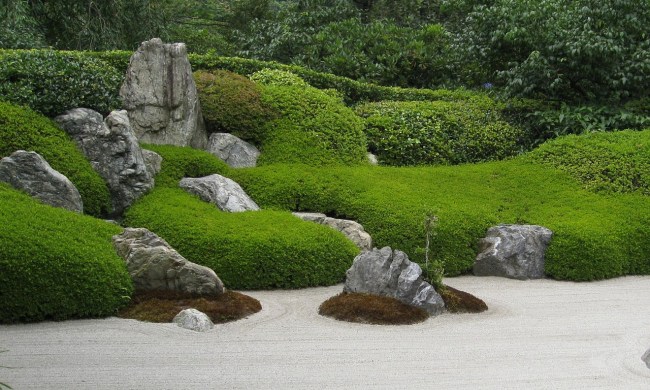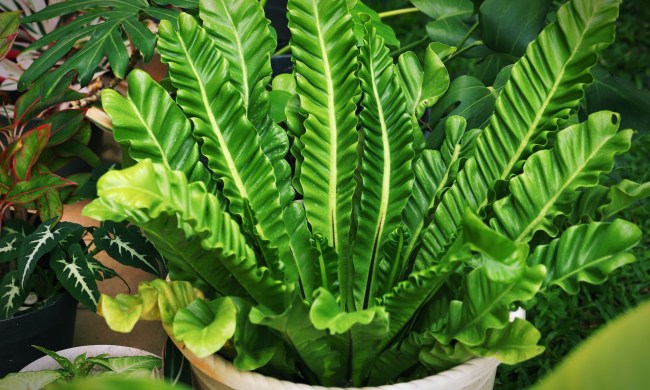Adding a new plant to your repertoire can be nerve-wracking, even for the most veteran growers. That’s why it’s important for gardeners to educate themselves as best they can before starting a new journey with a new plant. This time we’re talking about snapdragons and their beautiful blooms and why we think every flower garden needs them. We’ll discuss some of the traits of snapdragons, and then we’ll talk about care tips so you can be sure to care for this plant in the best way.

What is a snapdragon plant?
Snapdragon plants are a classic flowering annual that makes an appearance in many gardens across the United States. This flower isn’t just beautiful: It’s also an important nectar source for bumblebees, the only bees large enough to open the “jaws” of the dragon’s mouth and get to the pollen and nectar inside. In addition, the snapdragon relies heavily on this bug to pollinate it, so it’s an excellent addition to a pollinator garden. The blooms show themselves during the early spring or late fall, but if the weather doesn’t get too warm around your area, you might be able to enjoy blooms all year-round. The flowers grow in a spiral up the stem and the snapdragon is one of the few plants that come in almost every color. They can easily be grown in beds or containers and reach heights between 3 and 8 feet tall. Snapdragons are excellent options for cut flowers and do well in a vase indoors.
Snapdragons are also known as dogs mouth, toads mouth, and lions mouth, and some popular varieties are Butterfly Bronze, Rocket Red, Solstice Yellow, and Sonnet Pink. With all those colors to choose from, you’re sure to find one that suits your needs and your aesthetic.

Care tips for snapdragons
When it comes to blooming plants, we want to be sure we care for them perfectly, so the blooms last as long as possible and maybe even bloom some more.
Water
The snapdragon isn’t too picky about its watering, but if there isn’t any rainfall within a week, give it a good, deep watering. When watering, avoid getting the foliage and blooms wet. Wet leaves and flowers can encourage pests or diseases to attack the plant and can also cause the leaves to burn if the sun is too bright.
Light
Snapdragons prefer partial sun to full sun but will suffer in high heat. To combat this, many growers choose to grow these in containers so they can move as the season’s change.
Food
Since the snapdragon is an annual plant, as long as you’ve added compost or other slow-releasing fertilizer to your garden ben or container, you won’t need to feed this plant throughout the season.
Temperature
These plants don’t mind a bit of chilly weather. They do best in zones 7 to 10 and will bloom all through early spring and fall.
Toxicity
These gorgeous plants are non-toxic, so they’re safe if you have a pet that tends to taste test your plants.
Other tips
The soil you plant these beauties in should be well-draining and rich with fertilizer, whether that be water-soluble or compost.
Also, if you want to enjoy more blooms for longer, you can deadhead to encourage more growth.
With as many colors as this plant offers in its blooms, it’s hard to imagine that there isn’t a snapdragon variety out there for everyone. Take the time to do some research and find out which color would best suit your garden, or maybe even add more than one! Remember that they need partial to full sun, a good feeding at the beginning of the season, and extra waterings if the weather isn’t offering any rain for the week. Finally, don’t forget to cut yourself some flowers for your table or even share them with friends and family.


